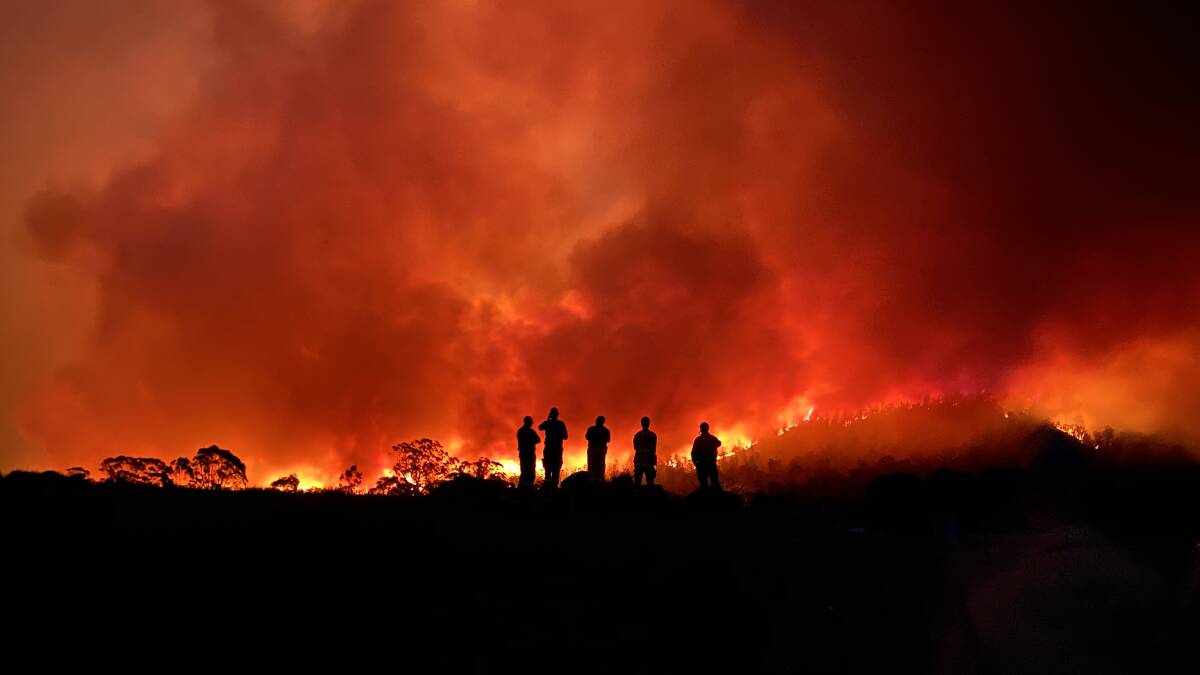
The CSIRO and the NSW Rural Fire Service have released a new model for predicting the speed and behaviour of eucalypt forest fires, which will help save lives and properties during bushfires.
Subscribe now for unlimited access to all our agricultural news
across the nation
or signup to continue reading
Eucalypts make up more than 70 per cent of Australia's forests and some of Australia's most extreme fire events, such as the 2009 Black Saturday fires and the most severe of the 2019/20 bushfires.
The new mathematical description of how a fire responds to environmental conditions - labelled Vesta Mark 2 - will be rolled out nationally this summer and help fire control rooms across the country to predict and suppress bushfires as they spread across the landscape, and to warn the public.
CSIRO bushfire behaviour researcher Dr Andrew Sullivan said although much of eastern Australia was expecting a wetter than normal summer this year, bushfires were an ever-present danger throughout summer and were increasing in frequency and severity.
"Forests have critical ecological and socio-economic roles, and often connect to areas where large numbers of Australians live," Dr Sullivan said.
"Forest fires are complex and difficult to control and extinguish, and firefighters often have to battle steep terrain and challenging conditions just to reach the fire.
"Critically, this model can accurately predict the speed that a fire front will advance across a landscape, which is essential to enable authorities to efficiently identify threats, issue bushfire warning messages, signal evacuations, and plan fire suppression actions."
Data inputs such as forecast weather and wind information come from the Bureau of Meteorology, while information on the state of fuels within the forest and existing behaviour of a fire can come from vegetation databases and fireground reports.
Fire behaviour analysts in an incident management team, often stationed at an operations centre near the fire, collate this information and then run the model to generate a prediction of the likely progression of the fire across the landscape.
NSW RFS deputy commissioner Kyle Stewart said the new model would be key to providing essential information about expected fire behaviour to support decision making during bushfire outbreaks this fire season.
"Knowing with confidence where a bushfire will be ahead of time is critical to the safe and effective deployment of our fire crews and the safety of our communities," Mr Stewart said.
Love agricultural news? Sign up to our free daily newsletter and start your day with all the latest in ag.


